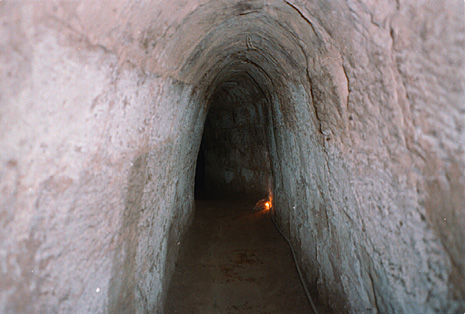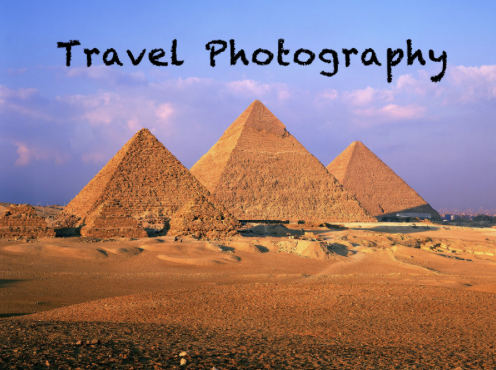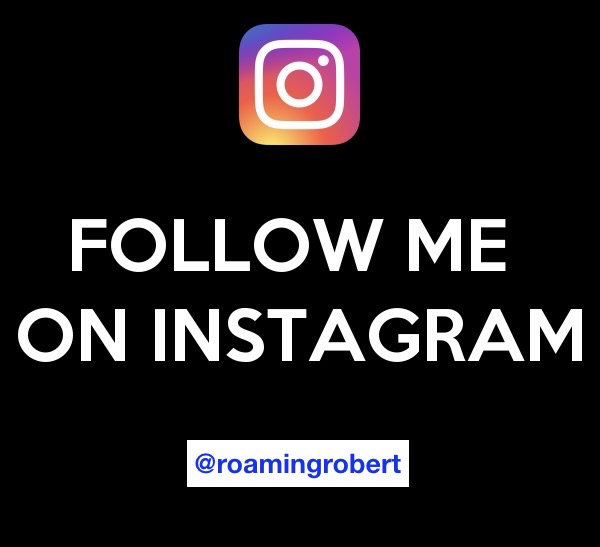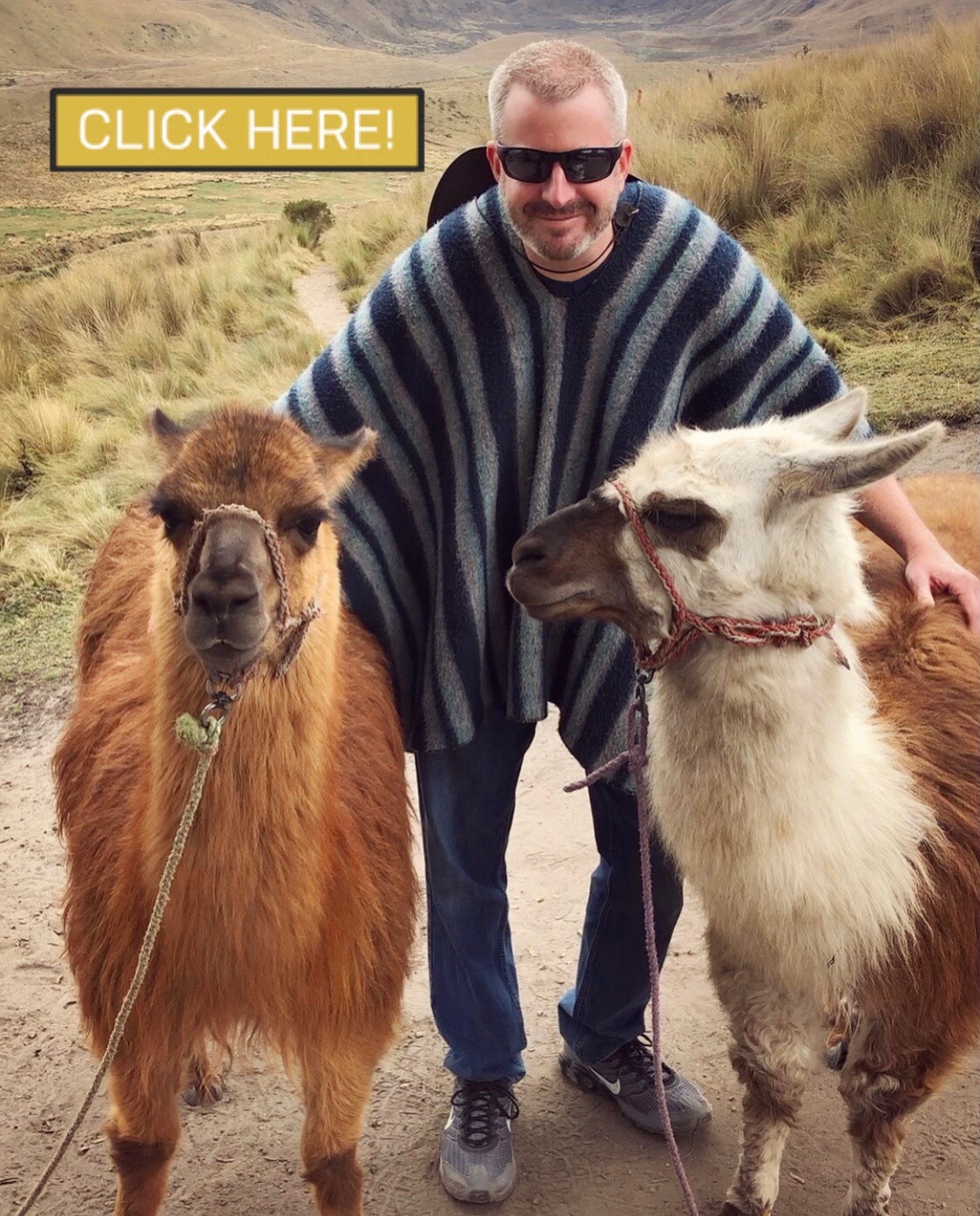Situated along the eastern edge of the Indochinese peninsula, Vietnam is one of the most beautiful countries in Southeast Asia. This nation offers a wealth of cultural delights as well as a wide range of stunning scenery. From the mountains in the North to the narrow waterways of the Mekong Delta in the South, it’s a destination attracting millions of visitors each year. And with 2,040 miles of coastline, you don’t have to look far to find a lovely beach for relaxation.
Ho Chi Minh City
HCMC is the largest city in Vietnam and also its most populated. Originally called Saigon, it wasn’t until the end of the Vietnam War that it took its current name. Located in the southeastern region of the country, it began as just a small fishing village. Today it is the throbbing commercial heart of the country. With its wide boulevards and French-inspired architecture, it was once known as “the Pearl of the Far East” and “Paris in the Orient.” At first sight, HCMC can be very overwhelming. Like many other large Asian cities, the crowds of people are awkward enough, but what really adds to the mix are the MOPEDS.. They are everywhere!! Trying to cross the street can be both exciting and challenging. There is never really a perfect opportunity, so just stick out your arm and start walking. You’ll be surprised at how easily they avoid you. I must say that the Vietnamese are very skilled when it comes to riding motorcycles. After all, for many of them it’s their only form of transportation. Some of them really make the most of their available transport, managing to carry everything from a family of four to a bed mattress on these small motorcycles.
The most popular section of the city is around Dong Khoi Street in District 1. It’s here where you’ll find many fashionable shops, museums, and restaurants. You’ll also see the well known Rex Hotel (a popular base for several journalists during the Vietnam War), and the beautifully constructed Notre Dame Cathedral and City Hall.
Ben Thanh Market is a must see. It’s the largest old-style market in District 1 and has hundreds of small stalls packed with everything you can imagine from souvenirs to seafood. Most items are not price-marked and the venders will try to make more on tourists, so be sure to bargain with them.
The War Remnants Museum is worth checking out, especially if you like history. It provides lots of information pertaining to the Vietnam War, or American War, as it’s referred to by the Vietnamese. However, some of the exhibits are very graphic so be fore-warned. It also has an assortment of US military vehicles including helicopters, jets, and tanks.
I personally think that most of HCMC can be explored in two full days. With all the crowds and big city noises, any longer than that and you’ll surely be seeking some peace and quiet. There’s no better way to find it than to book a tour and get out of town. There are many agencies around town, but the cheapest ones are on and around Pham Ngu Lao (Backpacker’s Alley). Two great tours I recommend are the Cu Chi Tunnels and the Mekong Delta.
Cu Chi Tunnels
About forty miles northwest of Ho Chi Minh City lies the very elaborate Cu Chi Tunnels. It’s an underground community made up of a network of passageways used by the Vietcong during the Vietnam War. This place is simply amazing. It’s unbelievable how they used these to hide from and fight the Americans.
Still in very good condition, they would make a unique playground for little kids. However, during the late 1960’s they were anything but fun. American tunnel rats would make their way through these unexplored, narrow passageways with nothing more than their handgun and a flashlight.
Stretching 75 miles, this maze of tunnels was dug by the local people using only shovels. They built many levels, which included living spaces, hospitals, kitchens and clinics.
The tunnels were often rigged with explosive booby traps or punji stake pits and the Americans would flush the entrance with gas or water to try and force their enemy out into the open. However, the strategic use of trap doors and air filtration systems made this largely ineffective.
Now preserved by the government of Vietnam and turned into a war memorial park, you’re able to take tours through this historic battleground. Along the way you’ll see impact craters, now overgrown with brush that were the result of “carpet bombing” from B-52’s. There are also a number of ingenious booby traps on display and if you‘re really feeling warlike, a selection of machine guns to shoot. During the tour, they let you crawl through some of the tunnels which really gives you a feel of what it must have been like.
Most of my tour group wasn’t too excited about crawling through these small spaces, but me on the other hand, I couldn’t wait. So along with one other tourist, our guide took us inside. At first, we could bend over and walk, but then that turned into crawling. Once the tunnel opened up again, we took a few pictures and then continued on. At this point, the tunnel started branching off. Our guide took us left, then right, then down. We stopped to take a few more pictures and noticed that our guide was gone!! Oh Shit!! Now where do we go?? It was quite scary at first, but I knew he couldn’t be far. We continued on, making turns here and there until we could see some light. “We made it!!” Upon exciting, we found ourselves inside a small hut in the middle of the woods. Hearing our group yell our names in the distance, we walked back, above ground this time! Apparently, our guide was very concerned and had been looking all over for us. With our clothes covered in dirt and sweat, it definitely added some adventure to the whole experience. I’m just glad it was today we were lost in those tunnels and not during the Vietnam War.
For a harrowing account of America’s “tunnel rats,” check out the book, “Cu Chi Tunnels” by Tom Mangold and John Penycate.
Mekong Delta
The Mekong Delta, known in Vietnamese as the “Nine Dragon River Delta,” is a primary waterway of southern Vietnam and also the country’s center for rice production. The whole area is very lush in foliage and made up of many small canals and islands. My Tho is the starting point of many day tours because of its close proximity to HCMC. From there, you may visit a few islands – trying coconut candy or snake wine before hopping on a canoe paddled by a Vietnamese woman wearing her traditional conical hat. The ride through the canals with huge palm trees hanging overhead is a very unique and exotic experience you won’t want to miss.
Mui Ne
Vietnam is an amazing country with a deep history. Like its neighbors Cambodia and Thailand, the people are very friendly and accommodating. Also like the surrounding countries, it’s still rather cheap. I guess you could say, it’s “same same, but different.” Whether you are looking for culture in the capital cities, adventure in the mountains, or just peaceful relaxation on the beach, Vietnam will surely have something to offer.














Speak Your Mind